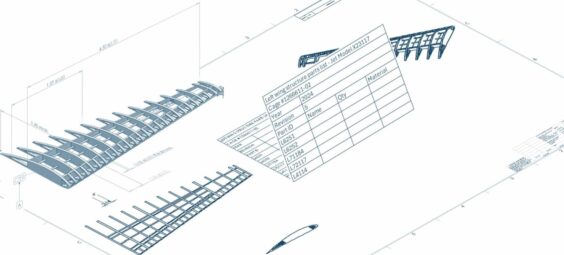To achieve U.S. dominance in the near-earth space domain, Space Command must prioritize the development of vehicles and infrastructure. To ensure seamless collaboration and access to the necessary talent, Huntsville, Alabama, emerges as the optimal location for Space Command.
Huntsville is home to the esteemed Marshall Space Flight Center, which has been instrumental in advancing the nation’s space exploration efforts since its establishment in 1960. The strategic proximity of Huntsville to key defense entities, such as the U.S. Army Space and Missile Defense Command, Eglin Air Force Base testing center, research groups affiliated with the Air Force Research Laboratory (AFRL) and Air Force Nuclear Weapons Center (NWC), the DOE’s Oak Ridge National Laboratory, Naval Surface Warfare Center Panama City (NSWCPCD) and NASA’s Stennis Space Center for rocket engine testing, makes it an existing and thriving hub for the specialized talent required to achieve and maintain U.S. dominance in space.
Moreover, Huntsville boasts a robust research and development ecosystem nurtured by prestigious educational institutions such as the University of Alabama, Auburn University, and Georgia Tech. These institutions strongly focus on aerospace engineering and related fields, producing a pool of highly skilled scientists, engineers, and technologists. By selecting Huntsville as the location for Space Command, the command would directly tap into cutting-edge research, innovative technologies, and a talented workforce. This direct access would enable Space Command to remain at the forefront of space exploration and defense, ensuring the United States maintains its technological edge.
“… the crucial processes of designing, testing, and manufacturing these assets occur elsewhere.
While the vitally important U.S. Northern Command (USNORTHCOM) and the North American Aerospace Defense Command (NORAD) are located in Colorado, their primary focus is tracking and communicating with our space assets. However, the crucial processes of designing, testing, and manufacturing these assets occur elsewhere. Huntsville offers the advantage of having a higher concentration of expertise and facilities dedicated to research, development, and production in the aerospace domain. Waiting for entities in Colorado to catch up in these critical areas is not a viable option if the United States aims to maintain its leadership in space.
By choosing Huntsville as the location for Space Command, the United States would benefit from the existing infrastructure, specialized talent, and extensive research and development capabilities concentrated in the area. Huntsville’s proximity to key defense entities (USAF, Army, and Navy), prestigious educational institutions, and a thriving aerospace ecosystem make it the optimal choice for Space Command. If the United States intends to secure and expand its dominance in the space domain, Huntsville, Alabama, emerges as the most advantageous location.
Steven A. Ruffin, president/CEO of Design and Process LLC




